Best Plants For Late Summer and Fall Fruit Harvest
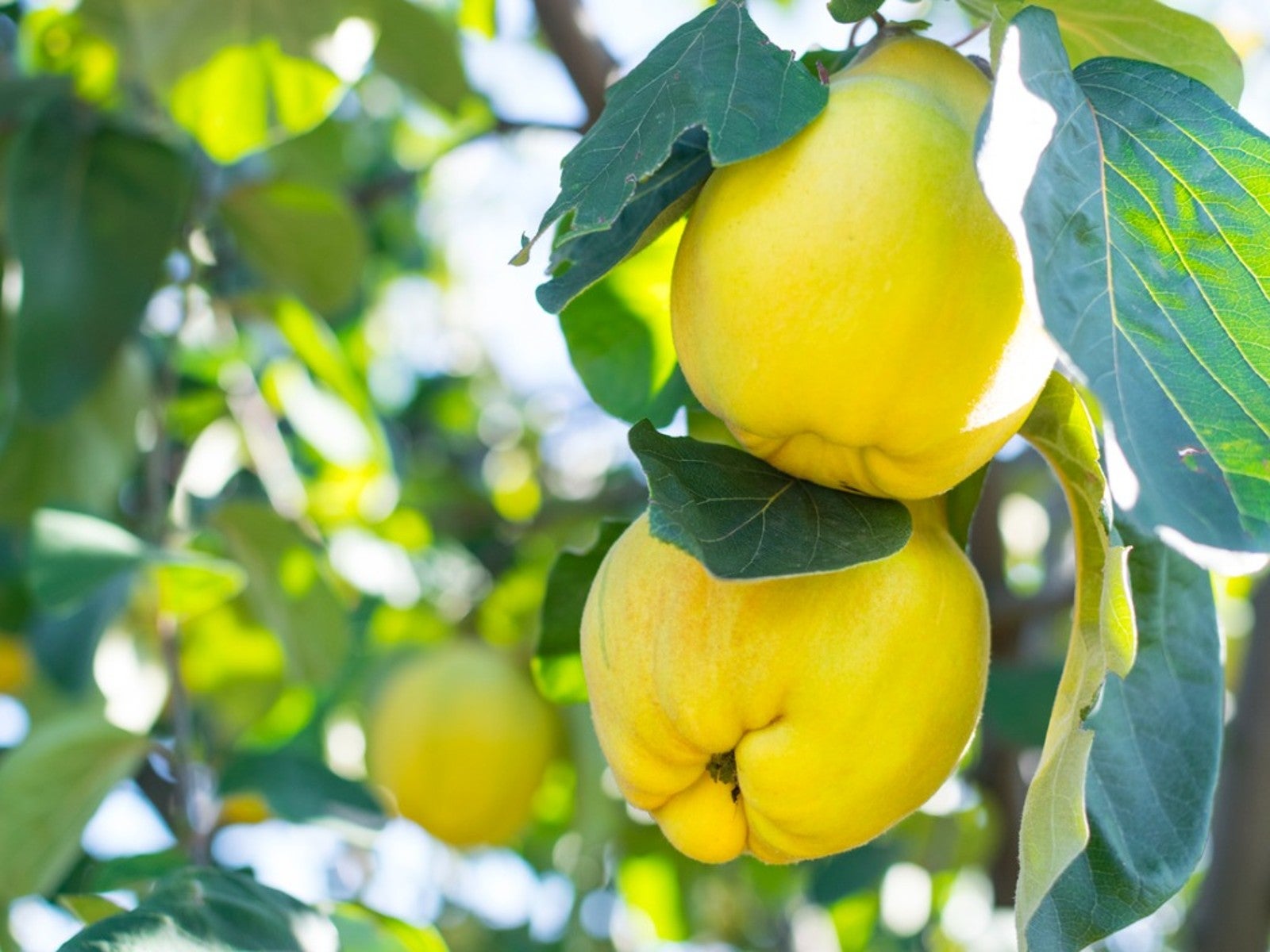

Not everyone lives in a region with at least 150 frost-free days and mild winters, which are optimal growing conditions for most tree fruit crops. Having fewer warm early winter days however, doesn’t mean you can’t grow fruits that yield a nice harvest.
The key to successful fruit production in any climate is selection of appropriate crops and varieties. The right fruit crop spells the difference between success and frustration.
Late Summer Fruit
Some of the best late summer fruits are berries. They are also sweet and delicious. For the earliest harvest, go for strawberries that start ripening in June. Pick them when the entire fruit is red. Most berries may be harvested for three to four weeks.
Most types of berries mature in midsummer, including blueberries, which also offer an autumn show of foliage color. But why not try something a little different? Elderberry – a multi-stemmed shrub – produces blossoms in early summer and fruits in July and early August. The 1/4-inch (6 ml.) purple-black berries are typically used in jellies and jams.
What Fruits Are Harvested in the Fall?
Who doesn’t like apples, America’s favorite fruit? Both delicious and nutritious with a crisp texture and a juicy flavor, apples are ripe for the picking from late summer through early fall.
Figs are another fruit with plenty of vitamins and flavor. Like apples, figs are harvested from late summer into fall. The color of the fruit will tell you when the crop is ripe and ready, or just taste one. Ripe fig fruit is sweet and tender.
Seasonal Fall Fruits
Among other fall fruit tree options, persimmons are stand-outs. These fruits are honey-sweet when mature, and they ripen after they’ve been harvested. So go ahead and start taking in your persimmons in autumn when the weather is still mild and the fruit is still apple-hard. Let them mature at room temperature in a cool, dry area. They are ready to eat when soft to the touch.
Gardening tips, videos, info and more delivered right to your inbox!
Sign up for the Gardening Know How newsletter today and receive a free copy of our e-book "How to Grow Delicious Tomatoes".
Another good fall fruit alternative is quince. The fruits, called pomes, look a little like golden apples, but don’t take a big bite or you’ll get an unpleasant surprise. The fruit is best eaten when fully ripened and cooked.

Teo Spengler is a master gardener and a docent at the San Francisco Botanical Garden, where she hosts public tours. She has studied horticulture and written about nature, trees, plants, and gardening for more than two decades. Her extended family includes some 30 houseplants and hundreds of outdoor plants, including 250 trees, which are her main passion. Spengler currently splits her life between San Francisco and the French Basque Country, though she was raised in Alaska, giving her experience of gardening in a range of climates.
-
 Get Ready For A Summer Of Hummers! Grow These Full Sun Hummingbird Plants and Flowers
Get Ready For A Summer Of Hummers! Grow These Full Sun Hummingbird Plants and FlowersIf you’re lucky enough to enjoy a sunny backyard, make sure you are maxing out on your pollinator opportunities and grow these full sun hummingbird plants and flowers
By Tonya Barnett
-
 12 Lush Alternatives To A Lawn For Sustainable Spaces
12 Lush Alternatives To A Lawn For Sustainable SpacesAlternatives to a lawn are beautiful and also beneficial to your local ecosystem and its pollinators. Explore our top picks for plants to replace grass.
By Tonya Barnett
-
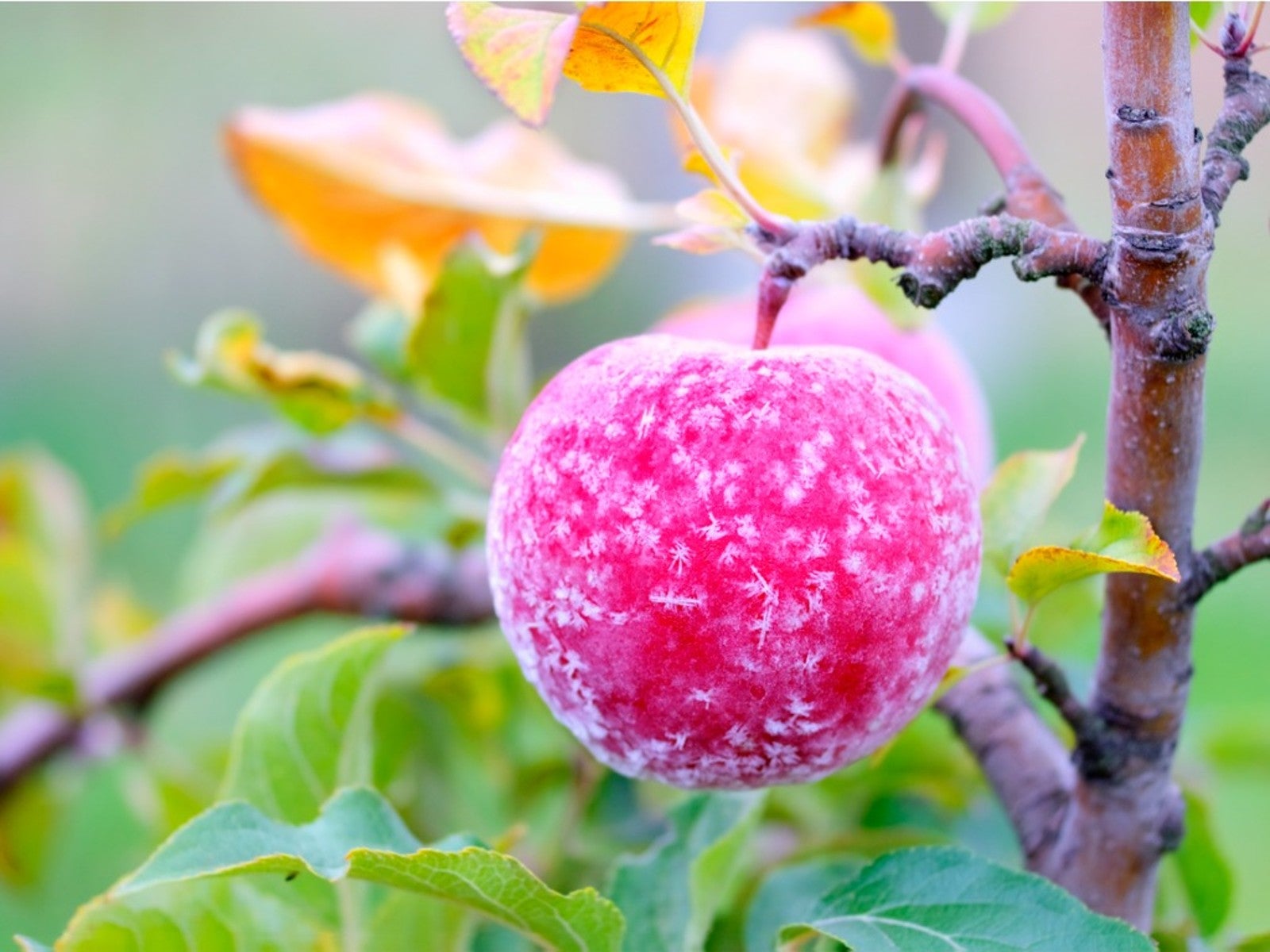 How To Protect Fruit Trees From Frost And Freeze
How To Protect Fruit Trees From Frost And FreezeChoosing fruit trees appropriate for your growing zone is best, but you still may need to protect them from extreme cold. Read how.
By Bonnie L. Grant
-
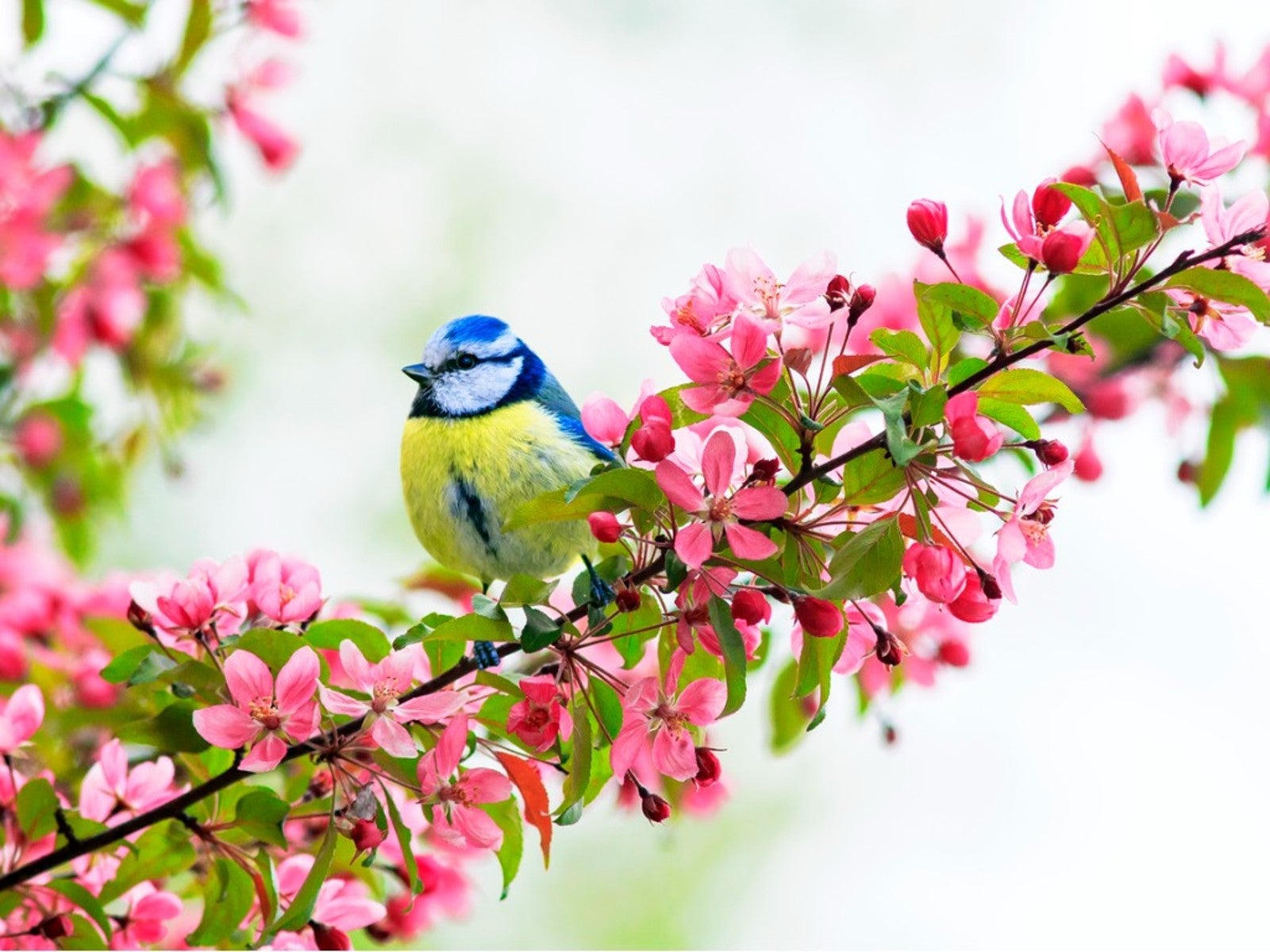 Best Native Fruit Trees To Support Wildlife
Best Native Fruit Trees To Support WildlifeIf you want trees that will attract and feed wildlife, learn the best kinds of edible fruit and nut trees to plant for inviting specific creatures.
By Teo Spengler
-
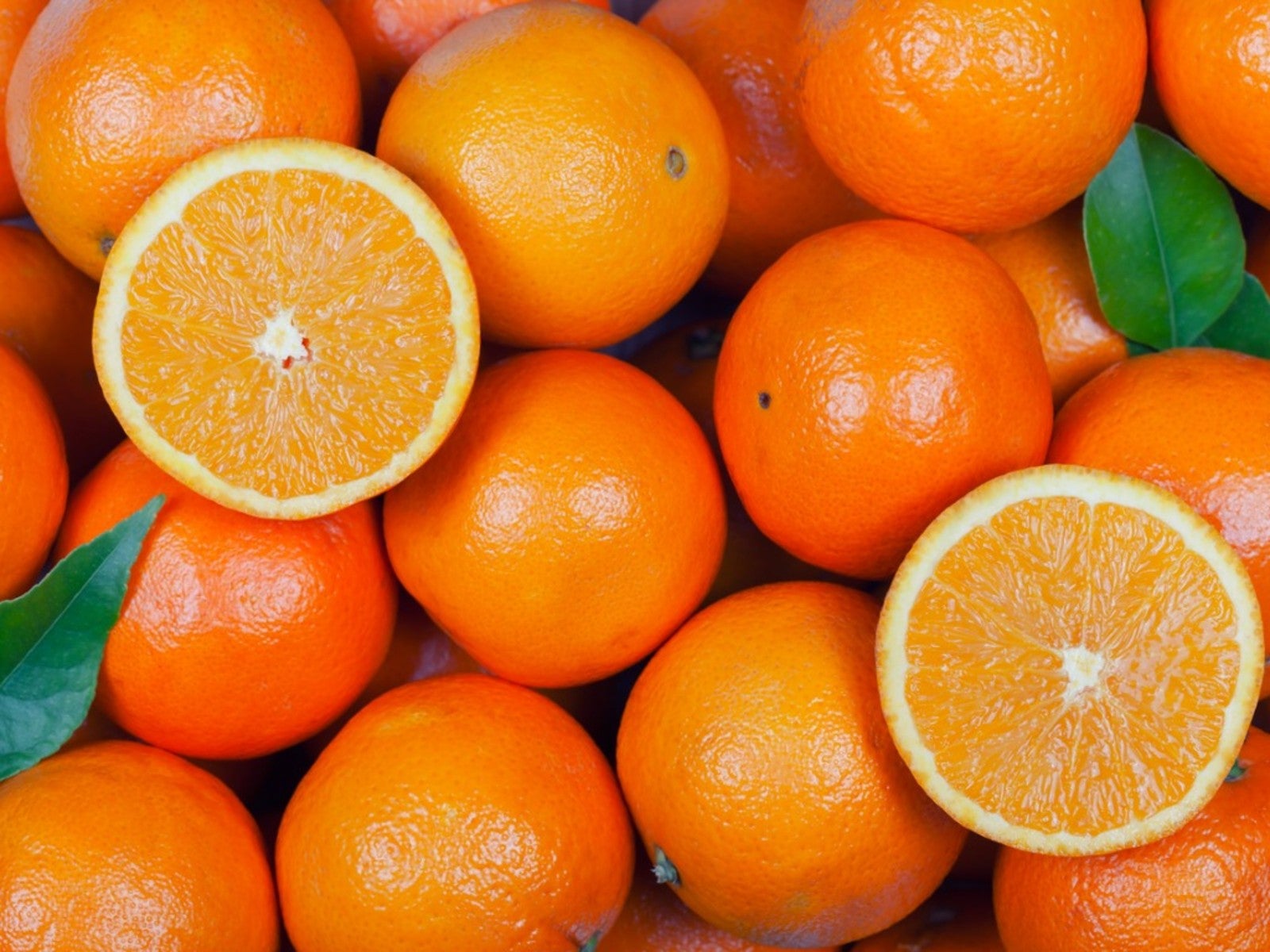 Orange Fruit Varieties: Growing Fruits That Are Orange
Orange Fruit Varieties: Growing Fruits That Are OrangeOrange colored fruit isn’t limited to the citrus orange. There are plenty of other orange colored fruit varieties, each packing a healthful punch. Read on for more.
By Amy Grant
-
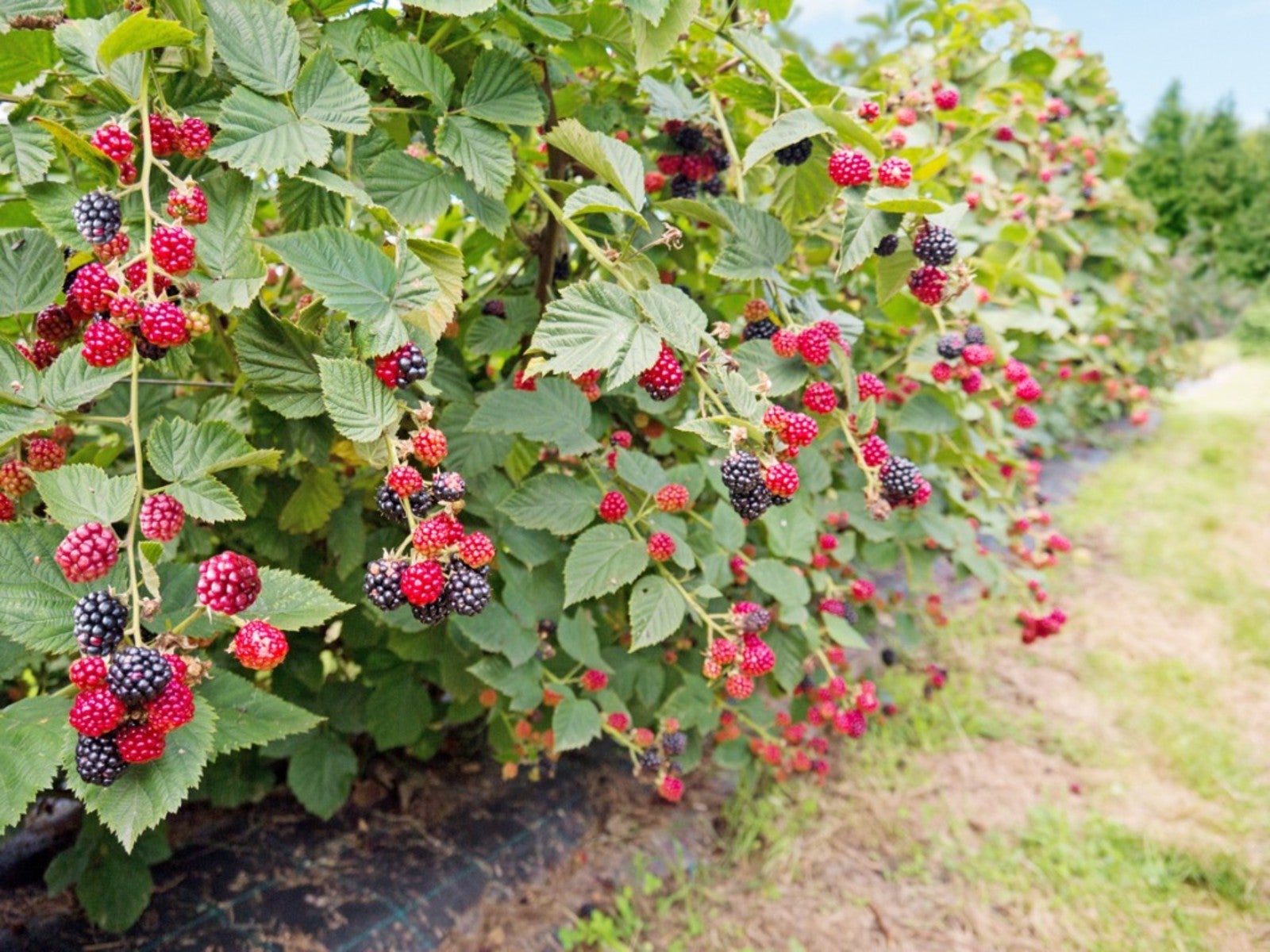 Everbearing Plants: Learn About Everbearing Varieties Of Fruit
Everbearing Plants: Learn About Everbearing Varieties Of FruitWhat does everbearing mean? And more importantly, how do everbearing varieties differ from non-everbearing types? Read on for more.
By Laura Miller
-
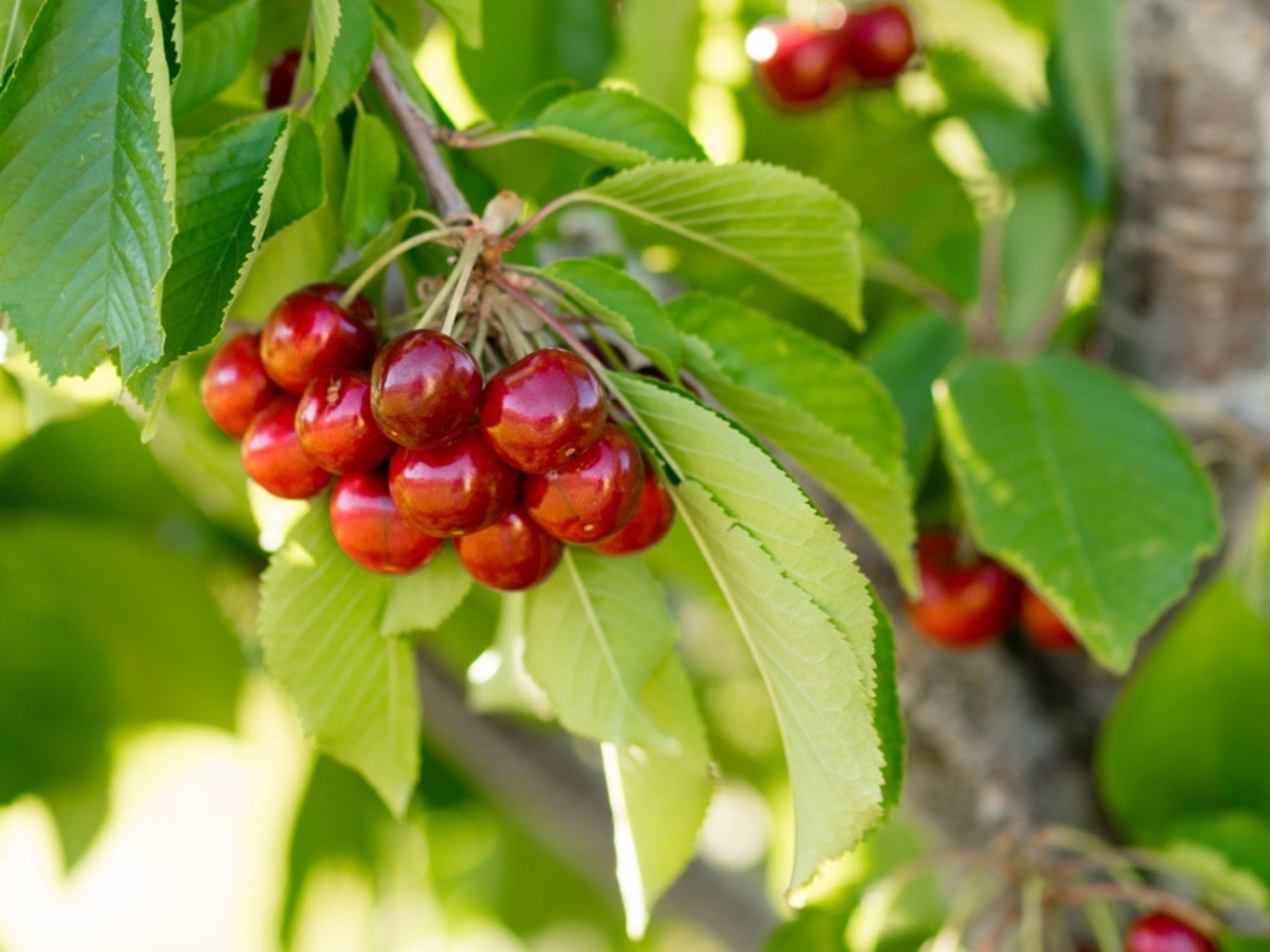 Plant A Red Fruit Garden: Growing Fruits With Red Flesh
Plant A Red Fruit Garden: Growing Fruits With Red FleshPlanting a red fruit garden may seem a bit whimsical. That is, until you realize the health benefits of consuming fruits with red flesh.
By Laura Miller
-
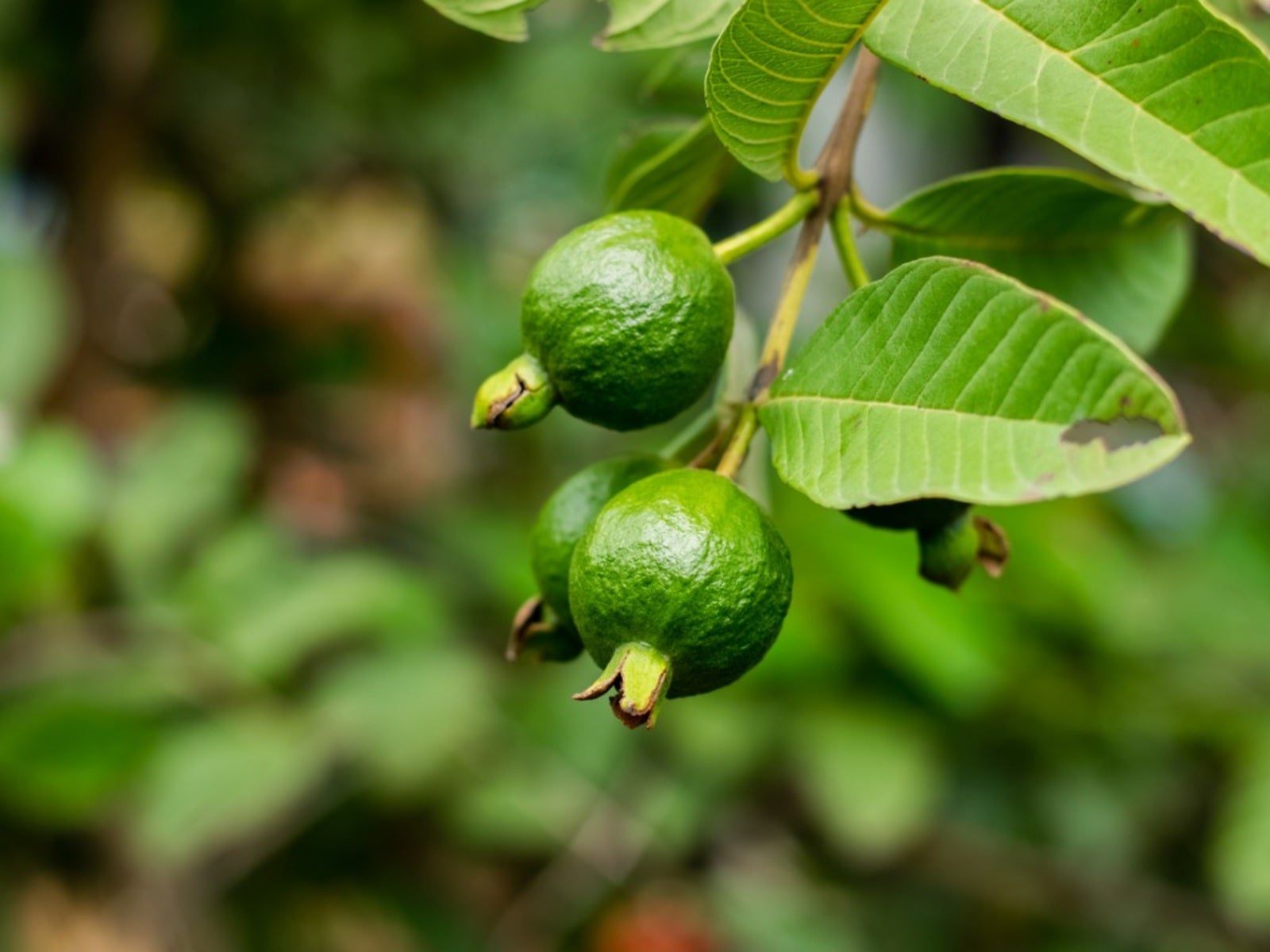 Heat Tolerant Fruits - Growing Fruit In Hot Weather
Heat Tolerant Fruits - Growing Fruit In Hot WeatherSome fruit grows in extreme heat naturally. But there are also specially cultivated, heat-tolerant varieties. For more information on heat tolerant fruits, read on.
By Teo Spengler
-
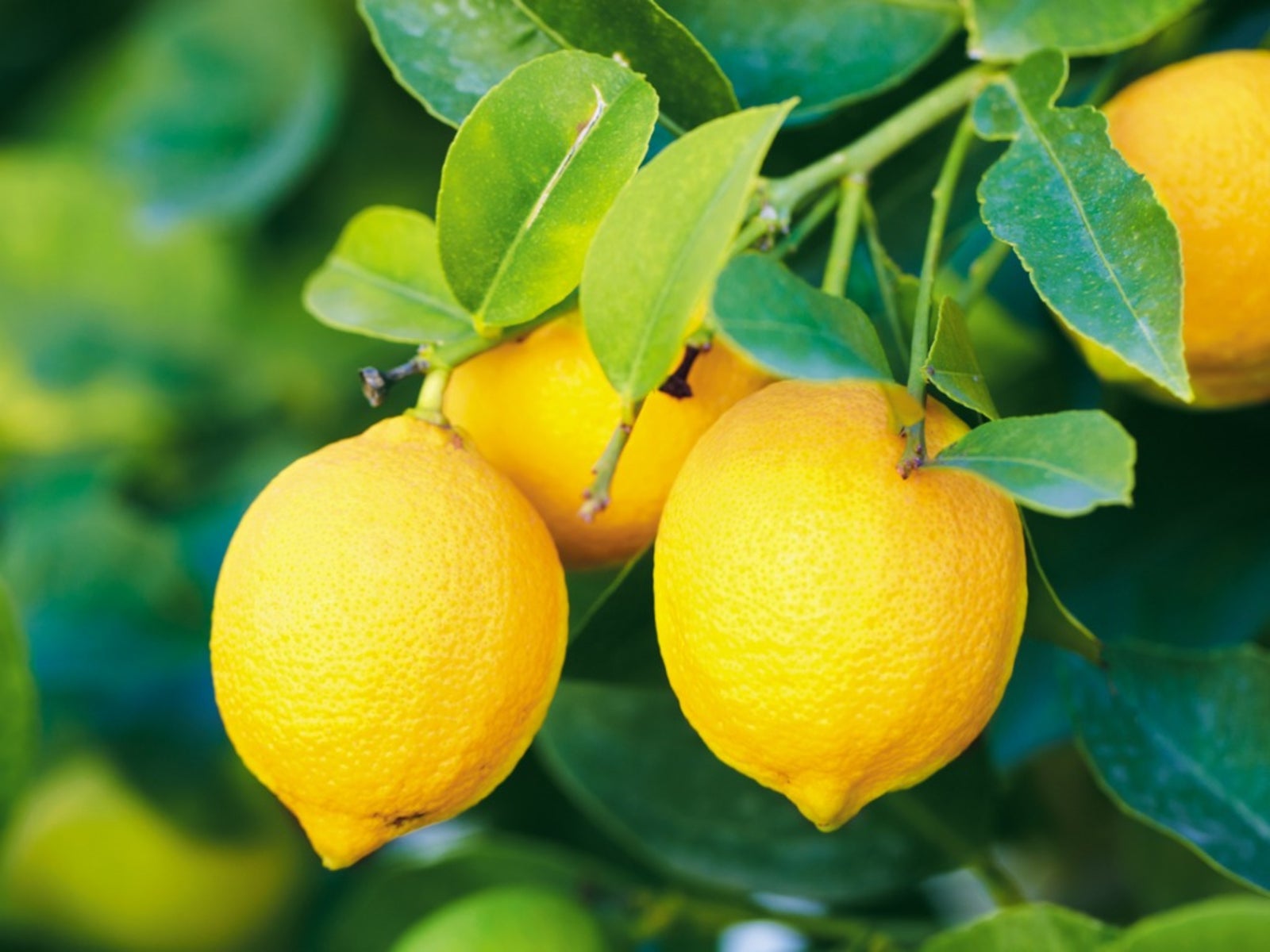 Yellow Fruit Varieties - Growing Fruit That Is Yellow
Yellow Fruit Varieties - Growing Fruit That Is YellowWhat fruit is yellow? There's more than the bananas at the supermarket. Try growing yellow fruit for a consistent supply of sunny food.
By Bonnie L. Grant
-
 Post Harvest Cooling Guide – How To Cool Fruit Picked From The Garden
Post Harvest Cooling Guide – How To Cool Fruit Picked From The GardenPost-harvest cooling of fruit is used both commercially and by home gardeners. Cooling fruit is important for harvest quality. Click here to learn more.
By Tonya Barnett